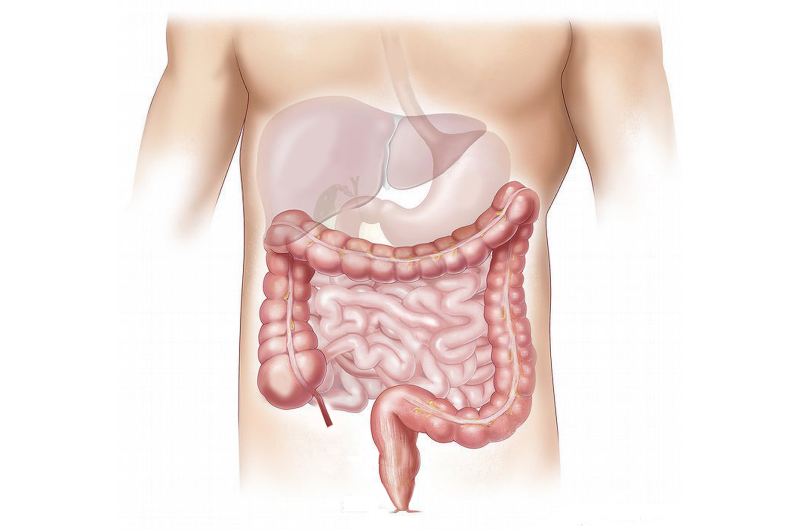
The spleen is the biggest lymphatic organ in the body and its major roles are to create blood (hematopoiesis), to store blood, to filter the blood and to generate immunological responses. Radiological examination of the changes in spleen size is significant in hematological and lymphatic system illnesses. Multidetector Computed Tomography (MDCT), Ultrasonography (USG) and Magnetic Resonance Imaging (MRI) methods are employed in the radiological examination of the spleen.
The fast evacuation of blood cells with the increase in the physiological activities of the spleen is termed hypersplenism. Hypersplenism is often characterized by the reduction in shaped components of the blood with the growth of the spleen.
However, as pointed out by the principal investigator Ress. Assist. Necati Emre Sahin, “Although there are studies examining the relationship between spleen volume and blood parameters in various diseases we have not encountered any studies in healthy individuals.”
Therefore, Ress. Assist. Sahin and his supervisors set out to investigate the relationship between spleen volume and blood parameters of 74 healthy individuals at their hospital from 2019 to 2020 received CT and whose basic hemogram and biochemistry tests had been done were included in the study and then measured the spleen volume from CT images by using the planimetry approach of the Cavalieri principle.
It was found that spleen volume was correlated with gender and men had larger spleen volume when compared with women. It was found that spleen volume showed a tendency to get smaller with age. It was concluded that while spleen volume was positively correlated with HGB, HCT, RBC and ALT parameters, it was negatively correlated with LYM% and PLT level. No association was found between spleen volume and WBC, MON%, NEU%, EOS%, MCHC, MCV, AST, Na, K, Cl and creatinine level.
What was of particular interest to the researchers, however, was the volumes of irregularly shaped structures such as the spleen could be estimated with high accuracy using a stereological method, the Cavalieri principle.
So what do these correlations mean? Blood test results allow to get an idea about your spleen health. At the same time, the radiologist who views your spleen can also comment on your blood test findings. In fact, the big picture we need to see is clearly that with advancing artificial intelligence technologies, it is not far away that your diagnosis can be made very quickly from very little information about you. And this will level up the health sector.
The research was published in Anatomy & Cell Biology.
Karabuk Universitesi Tip Fakultesi

